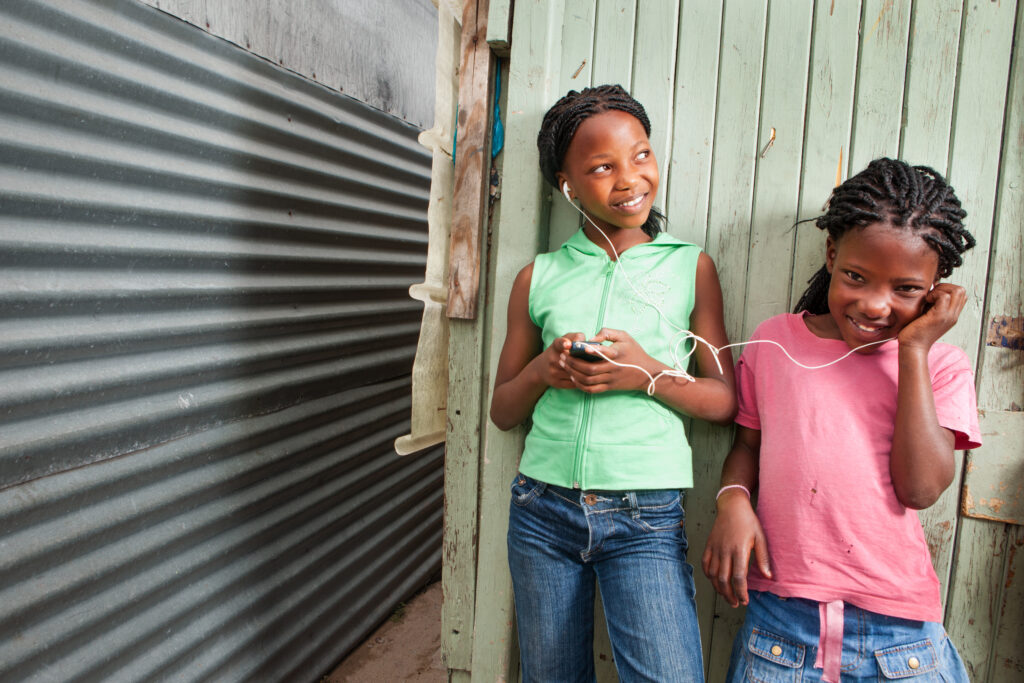
The unfair disadvantages that result from health inequality lead to unnecessary suffering for millions of Americans. Systemic disparities have been present in our health system from the very beginning. Sadly, COVID-19 acted as a huge spotlight, bringing these historical inequities to the attention of health care organizations, the government, and people everywhere.
We now know that People of Color have had higher rates of infection, hospitalization, and death due to COVID-19. Beyond the direct physical toll the virus has taken, it has also disproportionately affected the mental health and financial stability of underserved groups. This includes Black and Hispanic people, low-income people, and members of the LGBTQ+ community.
Yes, we’ve had some good news. For example, during the pandemic, the health industry as a whole pivoted and rose to the challenge in many ways to protect people. This has led to innovations like drive-thru testing and telehealth appointments. It was a start, but it wasn’t enough.
Disparities are still leaving people behind. And the cost is high.
What Inequities Are Costing Us
Besides the obvious injustice and unfairness, health inequality also increases financial costs. There are the upfront, more obvious costs. Then there are the non-financial costs that add up to big financial expenses down the road.
According to one report, inequities currently cost the U.S. healthcare system approximately $320 billion. If steps aren’t taken, the cost of health disparities could reach $1 trillion or more by 2040.
In the state of Texas alone, a new assessment has found that racial health disparities have cost $7.7 billion in excess healthcare spending and lost productivity. Black and Hispanic individuals are more likely to be essential workers with higher exposure to the virus. This makes them unable to work from home or take time off work when they get sick. People of color also have a higher rate of pre-existing conditions, making COVID-19 more dangerous for them.
Altarum ran an analysis on behalf of Episcopal Health Foundation using numbers through the end of September 2020. The study concluded that had Black and Hispanic people in Texas had been hospitalized for COVID-19 at the same rate as White people in Texas, there would have been 24,000 fewer hospitalizations. This would have saved $550 million in healthcare costs.
People don’t realize this because it seems counterintuitive, but reducing inequities for one group of people affects all people in a positive way.
The more we reduce (and hopefully eliminate) inequities, the healthier all of us will be. Reducing health inequality will not only lead to more people leading healthier lives, but we will also reduce the inefficiency and waste in the health care system that has skyrocketed out of control.
The Non-Financial Costs of Health Inequality

When we talk about “costs,” we’re not just talking about money. Health inequity also has non-financial costs, including pain, waste, fear, poverty, and member non-retention.
The social determinants of health (SDoH), or “the conditions in the environments where people are born, live, work, play, worship, and age that affect a wide range of health, functioning, and quality-of-life outcomes and risks”, are something that most health plans are really focusing on right now as they work to eliminate inequity. The reason is simple. SDoH have a proven and significant impact on the overall health of communities. SDoH factors like economic stability, education access and quality, social and community context, neighborhood and built environment, and health care and quality play a bigger role on health equity that most of us realize.
There’s really no area of a person’s life that isn’t negatively affected when health inequality is their reality. When you don’t get the health care you need, you could lose your job, which leads to poverty, which could lead to a lack of education and/or incarceration. It becomes a whole cycle that is extremely difficult to ever break out of—and gets passed down generation after generation. The effects ripple out into families and communities, and everyone suffers.
In far too many cases, the cost is actual human life. Had Black and Hispanic patients had the same COVID-19 mortality rates as White people, the state of Texas would have seen about 5,000 fewer deaths. That cuts the total number of COVID-19 deaths in the state by 30 percent. This is just one state. Across the country, thousands of lives were lost and billions of dollars were spent as a result of racial health disparities, according to analysis from Altarum on behalf of Episcopal Health Foundation.
The United States economy could be $8 trillion larger by 2050 if the country eliminated racial disparities in health, education, incarceration and employment, according to "The Business Case for Racial Equity: A Strategy for Growth."
Ultimately, wasting money is never just wasting money. It results in unrealized potential, suffering and injustice on so many levels, and loss of precious human life.
What We Can Do About It

On a federal level, the response efforts to COVID-19 have rightfully included a focus on equity. In January 2021, President Biden issued an Executive Order on Ensuring an Equitable Pandemic Response and Recovery to address the disproportionate and severe impact of COVID-19 on communities of color and underserved populations. A COVID-19 Health Equity Task Force was established to help agencies strengthen their efforts at equity data collection. It is also working to ensure equitable allocation of health resources moving forward.
As is the case in any situation, a federal response or mandate is not enough. Each individual health organization must do their part to address and eliminate inequality.
First, we need to identify:
- where inequity is happening
- why it’s happening
- how it’s happening
- what we’re going to do to change it
These important factors cannot be identified, discussed, and agreed upon at just a corporate level. A vitally important starting point is listening to the diverse voices we serve and asking them:
- What are your concerns?
- What are your needs?
- Why do you believe disparities are occurring?
- What pieces are we missing?
- How can we make things right?
Then ecosystems must be created that meet everyone’s needs. Practical steps must be taken to make the health care system work better for every single person, regardless of race, gender, economic status, etc.
States, local communities, private organizations, and providers must all be engaged together in efforts to reduce health disparities. It’s going to take all hands on deck—both within and beyond the health care system. At Papa, we want to do more than just talk about disparities in health care. We want to understand, yes, and also, we want to do something about it. If you want to read more about the steps we are taking, you can read about them in our SDoH Data Decoded Guide.
Addressing health disparities and inequality is one of the most urgent needs of our time. It’s important not just from a standpoint of social justice and fairness, but is the key to improving the health and economic prosperity of our nation.



